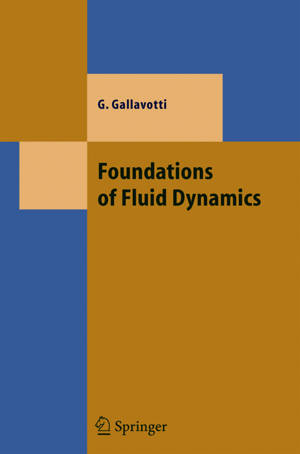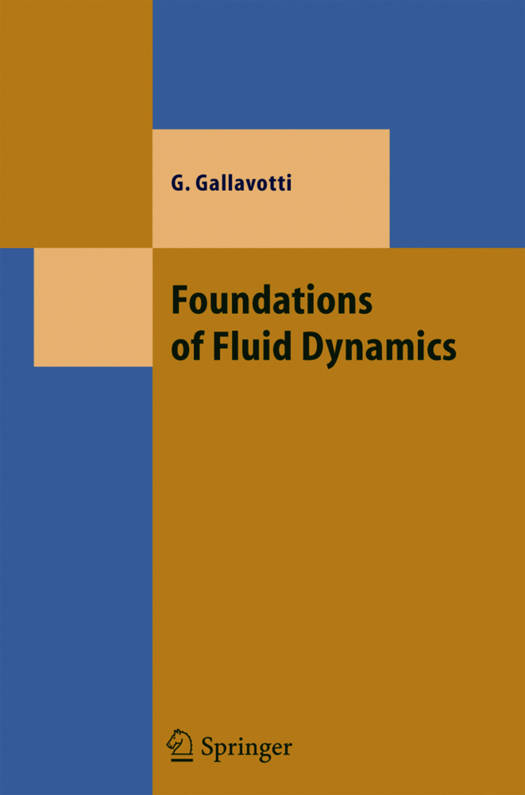
- Afhalen na 1 uur in een winkel met voorraad
- Gratis thuislevering in België vanaf € 30
- Ruim aanbod met 7 miljoen producten
- Afhalen na 1 uur in een winkel met voorraad
- Gratis thuislevering in België vanaf € 30
- Ruim aanbod met 7 miljoen producten
Zoeken
Omschrijving
The imagination is struck by the substantial conceptual identity between the problems met in the theoretical study of physical phenomena. It is absolutely unexpected and surprising, whether one studies equilibrium statistical me- chanics, or quantum field theory, or solid state physics, or celestial mechanics, harmonic analysis, elasticity, general relativity or fluid mechanics and chaos in turbulence. So when in 1988 I was made chair of Fluid Mechanics at the Universita La Sapienza, not out of recognition of work I did on the subject (there was none) but, rather, to avoid my teaching mechanics, from which I could have a strong cultural influence on mathematical physics in Rome, I was not excessively worried, although I was clearly in the wrong place. The subject is wide, hence in the last decade I could do nothing else but go through books and libraries looking for something that was within the range of the methods and experiences of my past work. The first great surprise was to realize that the mathematical theory of fluids is in an even more primitive state than I was aware of. Nevertheless it still seems to me that a detailed analysis of the mathematical problems is essential for anyone who wishes to do research into fluids. Therefore, I dedicated (Chap. 3) all the space necessary to a complete exposition of the theories of Leray, of Scheffer and of Caffarelli, Kohn and Nirenberg, taken directly from the original works.
Specificaties
Betrokkenen
- Auteur(s):
- Uitgeverij:
Inhoud
- Aantal bladzijden:
- 514
- Taal:
- Engels
- Reeks:
Eigenschappen
- Productcode (EAN):
- 9783540414155
- Verschijningsdatum:
- 20/11/2001
- Uitvoering:
- Hardcover
- Formaat:
- Genaaid
- Afmetingen:
- 161 mm x 240 mm
- Gewicht:
- 911 g

Alleen bij Standaard Boekhandel
+ 238 punten op je klantenkaart van Standaard Boekhandel
Beoordelingen
We publiceren alleen reviews die voldoen aan de voorwaarden voor reviews. Bekijk onze voorwaarden voor reviews.








